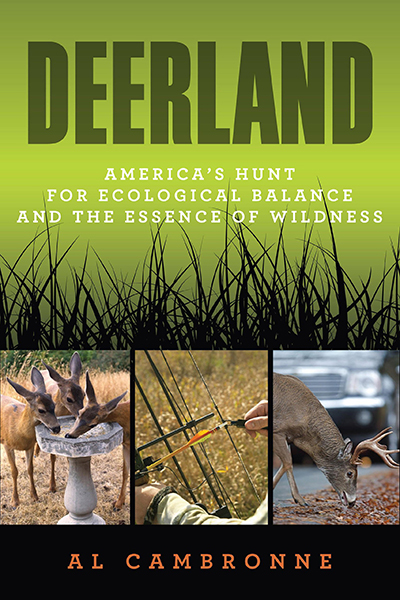Abandoned fields, with their patchy shrubs and short trees, may not be as pretty or easy to walk through as older woods, but these "young woods” provide homes for many kinds of wildlife that can survive almost nowhere else.
Abandoned fields, with their patchy shrubs and short trees, may not be as pretty or easy to walk through as older woods, but these "young woods” provide homes for many kinds of wildlife that can survive almost nowhere else.

I always notice them on my drives through the country: abandoned fields untouched by a farmers’ plow for years. At first glance they seem like such a waste, that old field taken over by an unsightly tangle of shrubs, short trees, and patchy grasses.
But time and time again I find myself drawn to these areas while hiking or hunting. These are the places where I’ll catch a glimpse of a bounding cottontail or get a scare from the thundering wings of a flushing grouse.
Maybe “abandoned” is too harsh a word for these places. Turns out, they aren’t abandoned at all. These places, known as young woods, are full of wildlife that often can live almost nowhere else.

Eastern towhees are birds of young woods, especially those with dense shrubs. They will scratch along the ground to find food, then climb into shrubs and low trees to higher shrub perches to sing. Photo credit: Steve Maslowski, USFWS
In the past, young woods were created and maintained by nature through fires, floods, insect outbreaks and diseases, all of which our society now limits to protect human life and property. During the last century, many abandoned fields became overgrown with shrubs and young trees, offering an effective and important substitute for naturally occurring young woods. However, many of these old fields are now mature woods or have been developed into houses.

As young woods age, they lose many of the traits that make them valuable to wildlife, like dense growth near the ground. This more open woods holds comparatively little wildlife value.
But there are things we can do to ensure young woods and their wildlife are part of our future. Old fields and shrublands can be maintained for decades with minimal investment. If you own an old abandoned farm field, you can mow it with a brush hog every 5 to 10 years. Make sure to avoid mowing between April 15th and August 15th to avoid disrupting the nesting and brooding activities of ground-nesting birds like turkeys, bobolinks, and ring-necked pheasants.

If you have a tractor, brush-hogging your old field every 5 to 10 years is an easy way to keep it as young woods. Mow after August 15th to spare ground-nesting birds.
There are other ways you can make these young woods on your land even better for wildlife. Selectively cutting larger trees (> 6 inches wide) is a good way to keep the mature woods at bay and a field young. Pruning and releasing apple trees, which are common in and around old fields, will help them produce more fruit. You can also use a chainsaw or lopping shears to cut back old dying shrubs and re-invigorate them with new growth.
Whatever you choose to do, remember that your old fields are young woods and that they are unique and special. They might not be as pretty as an older woods, but with their abundant food and excellent cover, they’re nature’s nursery for an amazing diversity of wild creatures.





